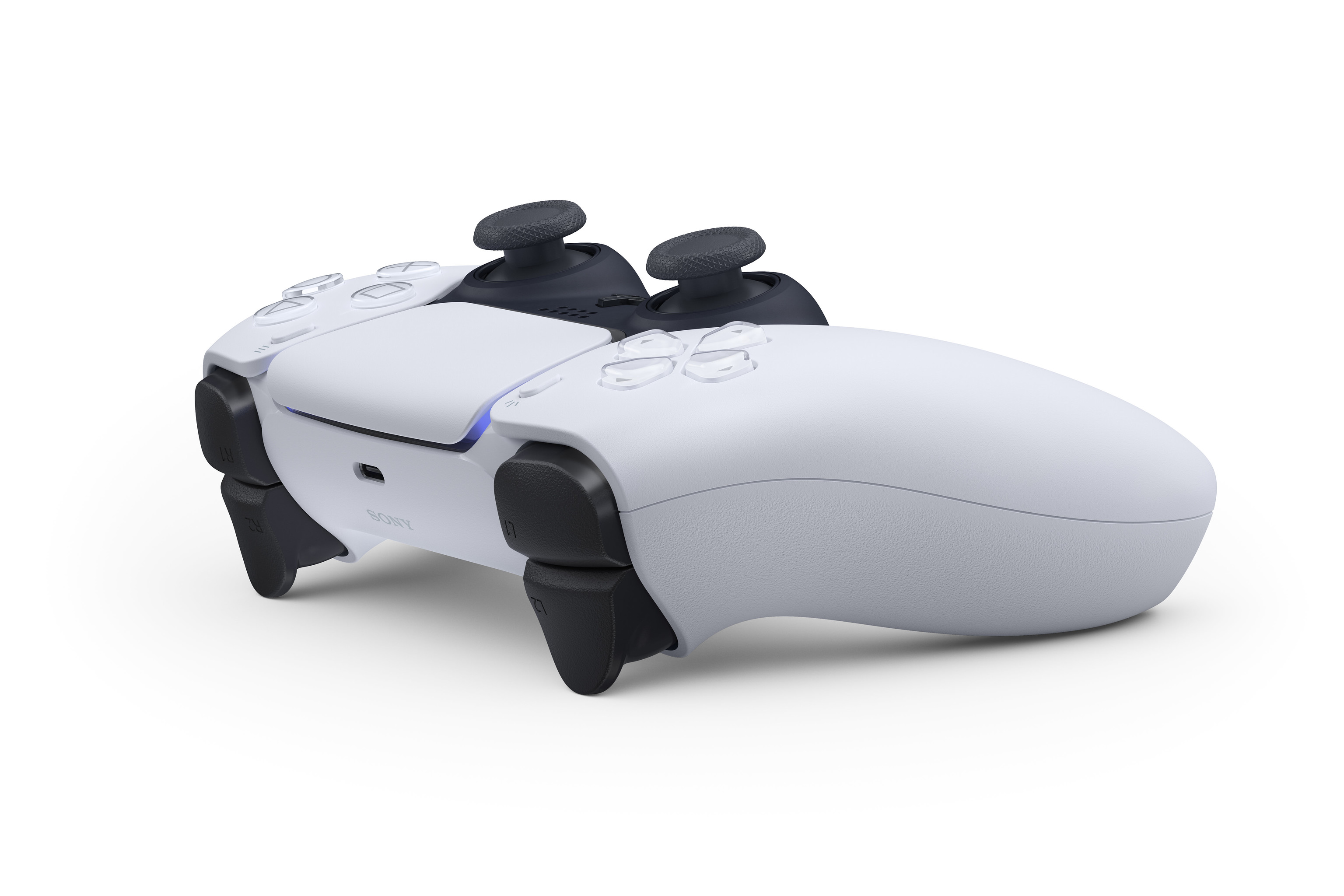Credit has to be given to Sony for the quality and innovation packed into the PlayStation 5’s new controller. The DualSense is slick, comfortable, and though the left stick is still in the wrong place (take it to the comments, people), it genuinely feels like one of the best controllers ever made. It’s a good generation for control pads in general; the Switch Pro Controller is great, the Xbox Series X & S have a strong tweak of a trusty classic, and then Sony has this - an actual, properly, truly revolutionary controller. I could explain the new features until the cows come home, and you’ve surely already heard all about them before, but until you get your hands on the PS5 and the DualSense and experience it for yourself, I think it’s fairly impossible to understand just how amazing this controller feels when it’s firing on all cylinders. Excellent pack-in title Astro’s Playroom is built for this, by the way - it extensively uses every feature of the DualSense, knocking you for six with subtle and impressive rumbling and those resistant haptic feedback triggers. Sometimes extra features tacked onto controllers can feel like a gimmick - the mic on the DualSense still feels fairly useless in all but a few circumstances, for instance. But the new triggers and rumble features feel integral in a way that could transform PS5 games. Like Tom said in another article, the existence of these features is enough to make one rethink which platform you might buy third-party games for if they support the controller to its fullest. But these features also offer up a problem - battery life. Sony’s official line says that the DualSense has battery life “expected to be similar to the DualShock 4”. This lines up with the battery capacity, too. At 1560 mAh, it’s a little over 50% larger than the DS4’s 1000 mAh battery. In casual use, this lines up: play a PS4 game or something that uses the new features sparingly and you could see well over ten hours, perhaps as much as twelve or thirteen. As soon as you start introducing those impressive new features in earnest, though, things get a little dicier.
The biggest and best example right now is Astro’s Playroom, a game that uses every feature of the controller constantly thanks to its status as a PS5 showcase. In a few tests in Astro’s Playroom, I’ve had the DualSense battery life hover around the 4-6 hour mark. This is far better than the ridiculous 2-hour claim which did the rounds on social media last week, but it’s also honestly pretty disappointing. I was hoping for a marked improvement over the DS4, new features or not. I checked in with some other media who had early access to PS5 and found their battery life experiences in Astro’s Playroom to be similar. My primary concern going forward is about battery deterioration. Obviously in this line of work we play a lot of games for long hours, but over the course of the last generation I had a few built-in DS4 batteries deteriorate to the point of being practically unusable wirelessly, and some outright died. As batteries are used, they degrade; each charge cycle does a little damage that lowers its total capacity. That’s just a fact of science, and something we’re all used to in phones, laptops and controllers. Batteries even degrade when not in use - battery expert company Cadex Electronics say that a charged lithium-ion battery will lose around 20% of its total capacity if left in storage for around a year. Which makes me wonder: if the DualSense battery is so on the short side when used full-pelt by Astro’s Playroom at launch, how’s it going to perform in a few years after spending plenty of time idling and going through many charge cycles? I really hope the degradation is better than my experience with DualShock 4 controllers. In this, I actually wonder if replaceable batteries are actually better - at least then even if you buy rechargeables they can be more easily replaced once degraded. For now, however, the DualSense is absolutely my favourite piece of new-generation console hardware - I just hope that battery holds up in a few years’ time.
